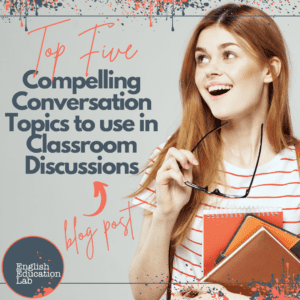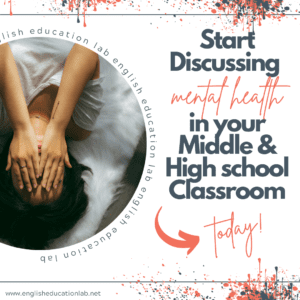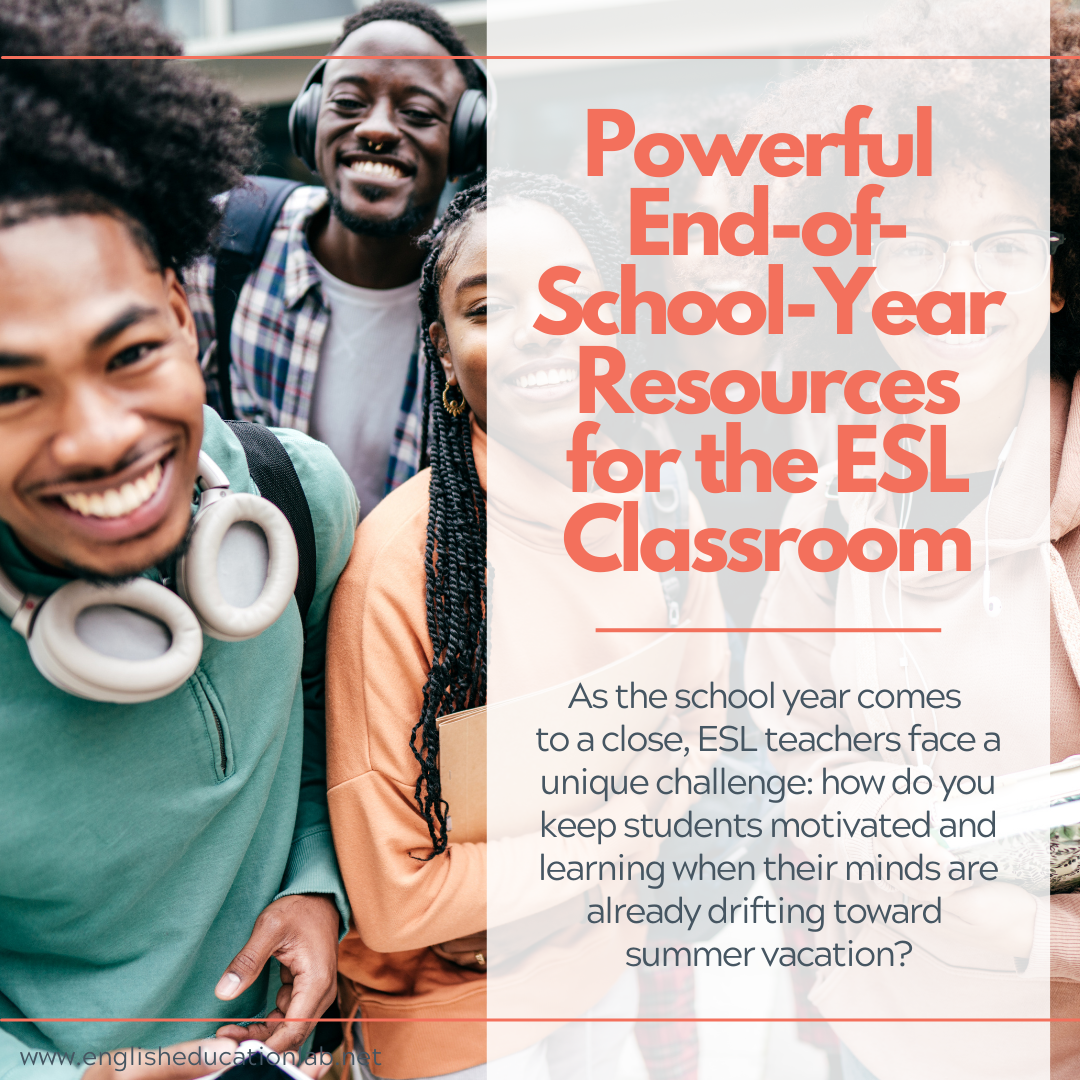
Top 5 compelling conversation topics for the middle/high school classroom
Why incorporate class discussions in your classroom?
I think we can all agree that the ability to engage in meaningful conversations is a vital skill for any student. Creating an engaging environment where students can communicate and collaborate with each other through compelling conversation topics can be a powerful way to teach them to think critically, practice their communication skills, and benefit their development. 
Learning how to express points of view, defend arguments, and engage in thoughtful debate are crucial skills they’ll need when they enter the real world. To help your students grow in this area, it’s important to be intentional about the conversation topics you bring up in your classroom.
As a teacher, one of your most important tasks is to provide your students with the tools they need to engage in meaningful dialogue, even when faced with complex topics or unfamiliar ideas. To that end, we’ve collected what we believe to currently be the top five most effective conversation topics to use in the middle and high school classroom to help your students engage in thought-provoking conversations.
From a discussion on the importance of mental health awareness to a thought-provoking discussion on the power of TikTok, these topics will keep your students engaged and give them the opportunity to exchange ideas and broaden their worldview. They’ll have the opportunity to learn from each other, pick up new perspectives and form meaningful connections with their peers. Prepare to be amazed at the depth of conversation these topics can generate in your classroom – and get ready to be inspired by the passion and insight of your students! 
Discussing mental health in the classroom is not only important, but it can also be life-changing. It can open students up to conversations that may bring them comfort and provide them with resources and tools to manage their mental health. It can also create an environment of understanding and acceptance that is beneficial to both students and teachers.
Mental health discussions can reduce the stigma of mental health issues and encourage students to seek professional help if they need it. Additionally, these discussions can apply to any classroom and can be used to create healthier, more supportive communities. Mental health is a subject near and dear to us, one we come back to consistently because we’ve no choice, and one we know has a massive impact on today’s youth. Please make time in your class for these discussions- they can save lives.
Yes, we said it! Though the thought of bringing up TikTok in the classroom may make some cringe, given its explosive popularity, it is no surprise that TikTok is a conversation topic that all students are eager to talk about regardless of their opinion on the matter. Thanks to its accessible, relatable videos and its appeal to the younger demographic, TikTok has made its presence known in the digital space, inspiring conversation and making it an inescapable part of contemporary culture.
The rise of TikTok has had a tremendous impact on our culture, from the trendsetting dances to launching the careers of budding stars. Regardless of opinion, it’s a topic that’s sure to generate lively debate among students. Have your students already voiced their own thoughts and opinions on the subject? If not, we highly recommend you give it a shot!
Bullying is an issue that affects millions of young people each year, yet it’s a topic that often gets overlooked in the classroom. Considering that more than one-third of students in the United States have reported being a victim of bullying at some point (National Center for Educational Statistics), it goes without saying that we as teachers need to create a safe space for open dialogue and discussions about the topic.
Bullying can have far-reaching emotional effects on both the bully and victim, it significantly impacts student performance and safety, and creates a volatile environment that prevents students from learning. Discussing the subject in the classroom creates a shared understanding of the impact it has, empowers students to stand up to bullying, and creates an environment of respect and acceptance. Ultimately, it’s conversations in the classroom that can make the biggest difference in eradicating bullying in our society.
One of the most contentious and relevant conversation topics of our time, the Second Amendment, is sure to get your students fired up and voicing their opinions. Shining a light on the complexity of the issue of gun control and highlighting the potential benefits and drawbacks of different policy solutions will encourage civic engagement, as well as provide a historical and legal context in which students can contribute their own interpretations. 
Through learning about and discussing the Second Amendment, students will undoubtedly gain an appreciation for the complexities of the legal and political debates surrounding gun control, and how the issue is far from black and white. In all honesty, if you live in the United States, we can’t imagine not broaching the subject in your classroom!
When discussing conspiracy theories in high school, it’s important to recognize the power of the narrative, as well as the potential for critical thinking. By examining different theories, students can learn how to spot logical fallacies, false claims, and unreliable sources. It can also help them understand the way information is presented and consider the motivations behind certain perspectives.
Additionally, studying conspiracy theories in a safe context can open up conversations around trust, democracy, and broader social issues. Ultimately, this presents an invaluable opportunity for your students to build their media literacy and engage in meaningful dialogue with their peers.
Concluding thoughts
In conclusion, having meaningful conversations with students is an essential part of any successful classroom education. As teachers, we have the unique and powerful opportunity to facilitate meaningful dialogue and empower our students to engage in thoughtful conversations, even when faced with complex topics or unfamiliar ideas. Through meaningful conversations, we can better prepare our students with the knowledge and skills they need to process and understand difficult concepts, while also helping them to learn how to be better critical thinkers.
We have the power to start meaningful conversations in the classroom and ignite a spark of curiosity that can drive our students to explore and learn. By encouraging our students to engage in meaningful conversations, we can help them to become more aware and informed members of society, as well as become more confident and independent thinkers. In other words, the opportunities for growth and learning through meaningful conversations are limitless – so let’s not wait any longer to start the conversation!
(If you are looking for a step-by-step approach to broaching these topics in your own classroom, feel free to head to our shop or TPT shop. You’ll find both Conversation Starters and Debate resources on all the above topics and many more.)
Further Reading
How to foster a sense of community with student-driven class discussions
Creating an emotionally safe classroom for successful class discussions
Silence in classroom discussions- should you be worried?




